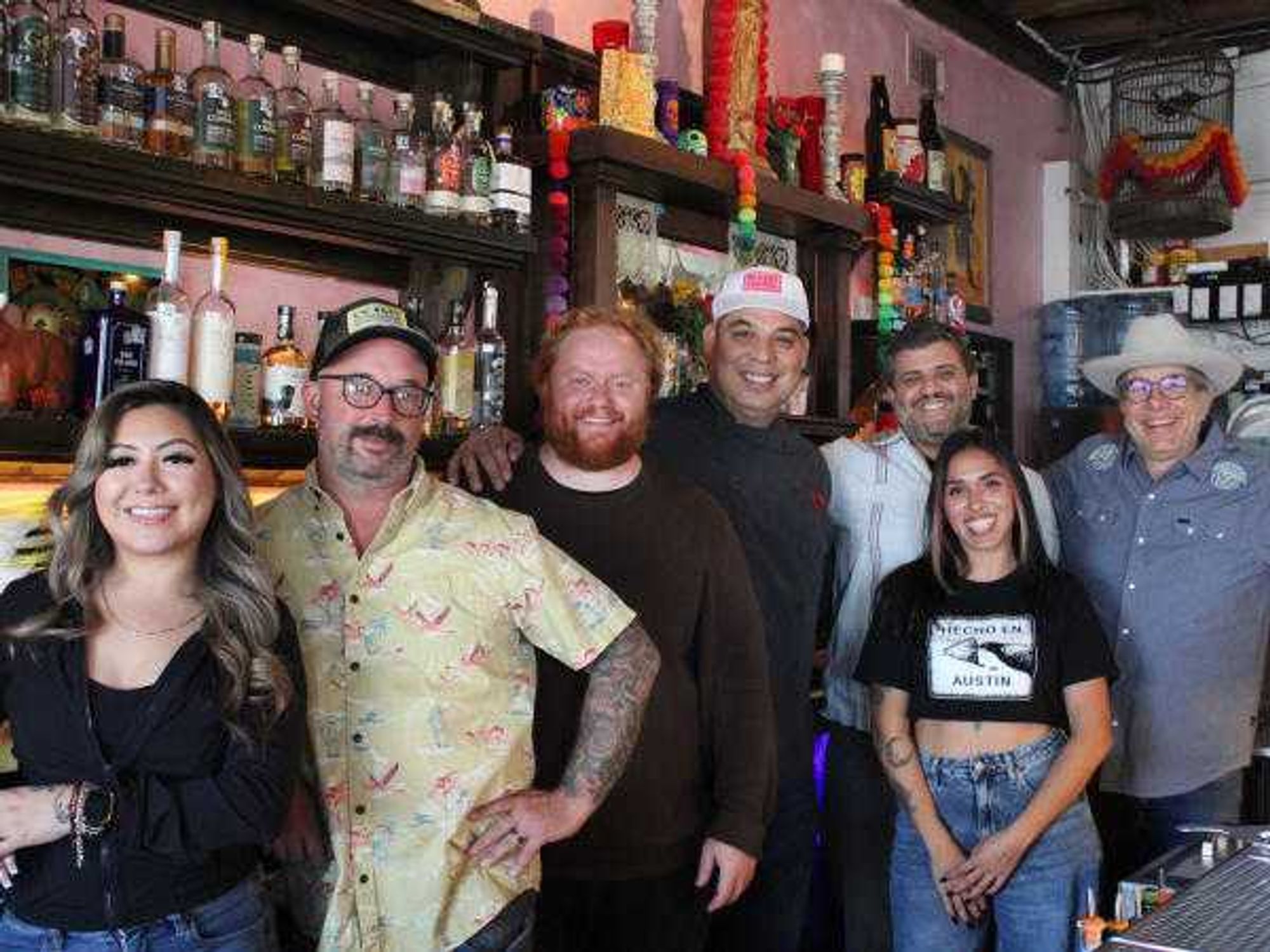Population explosion
3 Austin suburbs are among the 10 fastest-growing cities in U.S.

The Austin area’s population growth is on steroids, and now we’ve got more proof of it.
From 2012 to 2013, three suburbs in the Austin area — Cedar Park, Georgetown and San Marcos — were among the 10 fastest-growing U.S. cities with at least 50,000 residents, according to newly released figures from the U.S. Census Bureau.
In a news release, the Census Bureau noted that “Austin has been the capital of Texas since 1839, and in 2013 the area became the nation's capital for population growth.”
San Marcos tops the Census Bureau’s list of the country’s fastest-growing cities, with its population climbing 8 percent from July 1, 2012 to July 1, 2013. At last count, San Marcos had 54,076 residents. San Marcos was also the fastest-growing U.S. city from 2011 to 2012.
In fourth place among the fastest-growing cities is Cedar Park, which saw its population jump 5.6 percent to 61,238. At No. 7 is Georgetown, with a one-year population growth of 4.5 percent. The city’s official headcount now stands at 54,898.
Meanwhile, Austin continues its own growth spurt. From 2012 to 2013, Austin gained more residents — 20,993 — than any other U.S. city with fewer than 1 million people. That equates to 58 new residents per day.
According to the Census Bureau, Austin’s official population now sits at 885,400. If Austin grows at the same pace from 2013 to 2014, the city would surpass the 900,000-resident mark next year.
Overall, Austin ranks seventh among U.S. cities for the actual number of residents added from 2012 to 2013, according to the Census Bureau.
In a question-and-answer session in March on Reddit, Austin Mayor Lee Leffingwell said the city’s strained transportation infrastructure is the greatest challenge facing Austin amid the population boom.
“We’re a growing city; we double in population about every 25 years and for years we have not kept up with our transportation infrastructure,” Leffingwell wrote. “Now we’re trying to play catch up. It will take a generation or more to tackle the problems we’re facing but we have to start now.”
A recent poll found that 80 percent of Austinites rank traffic as one of the top three problems facing the city, with 29 percent citing population growth and 26 percent citing housing affordability.
On a positive note, Leffingwell indicated he doesn’t think Austin is losing its reputation as a “weird” place, despite the influx of new residents. “I think Austin has done a very good job of maintaining its unique character while the population has increased significantly. We have addressed our growth with that goal in mind,” Leffingwell wrote.
In April, Leffingwell told the Wall Street Journal that many Austinites remain unwilling to acknowledge their hometown is now a big city. “Our philosophy has been, if we don’t build it, they won’t come,” he said.

 Beet and citru salad at Moderna. Photo by Brianna Caleri
Beet and citru salad at Moderna. Photo by Brianna Caleri